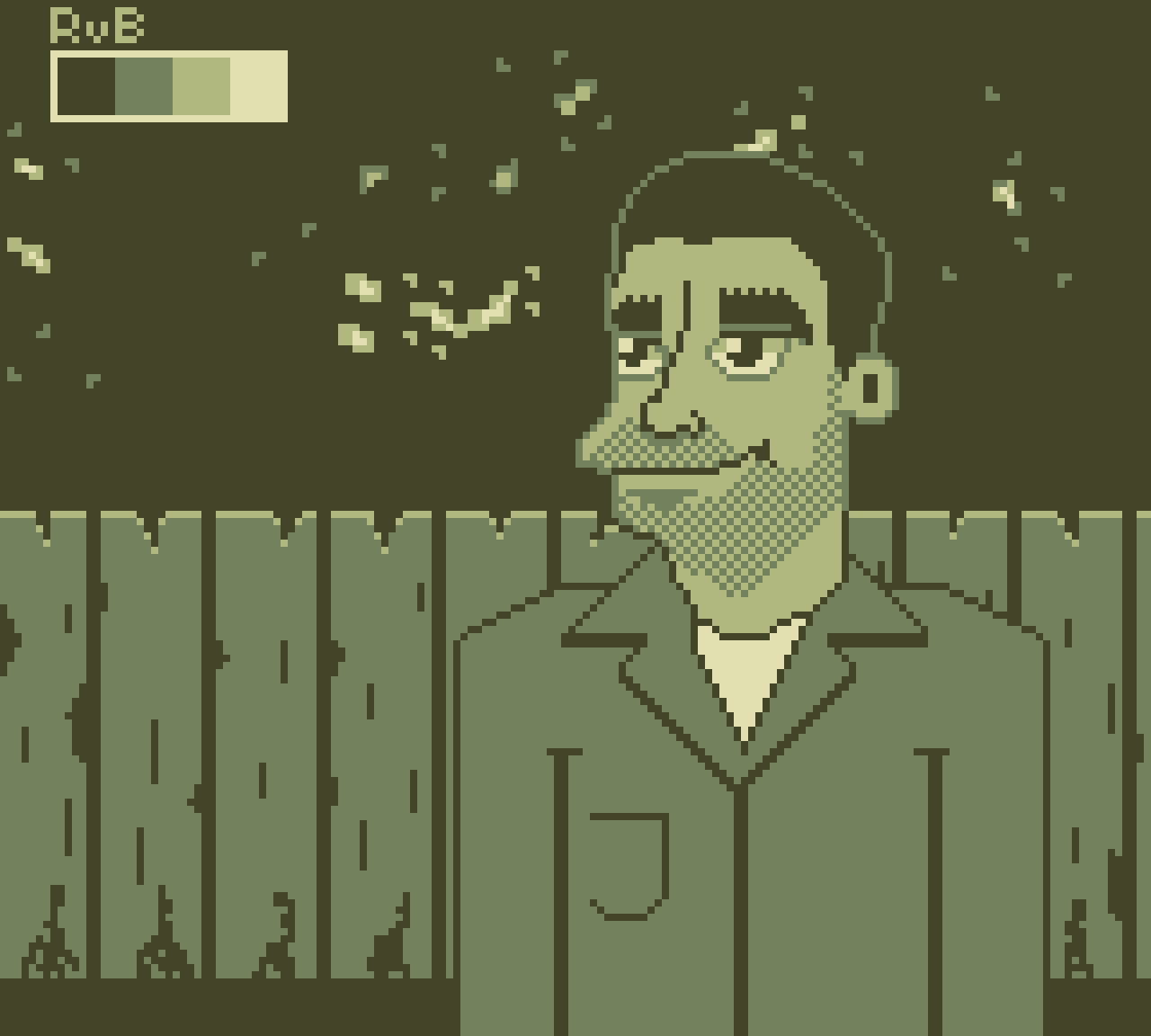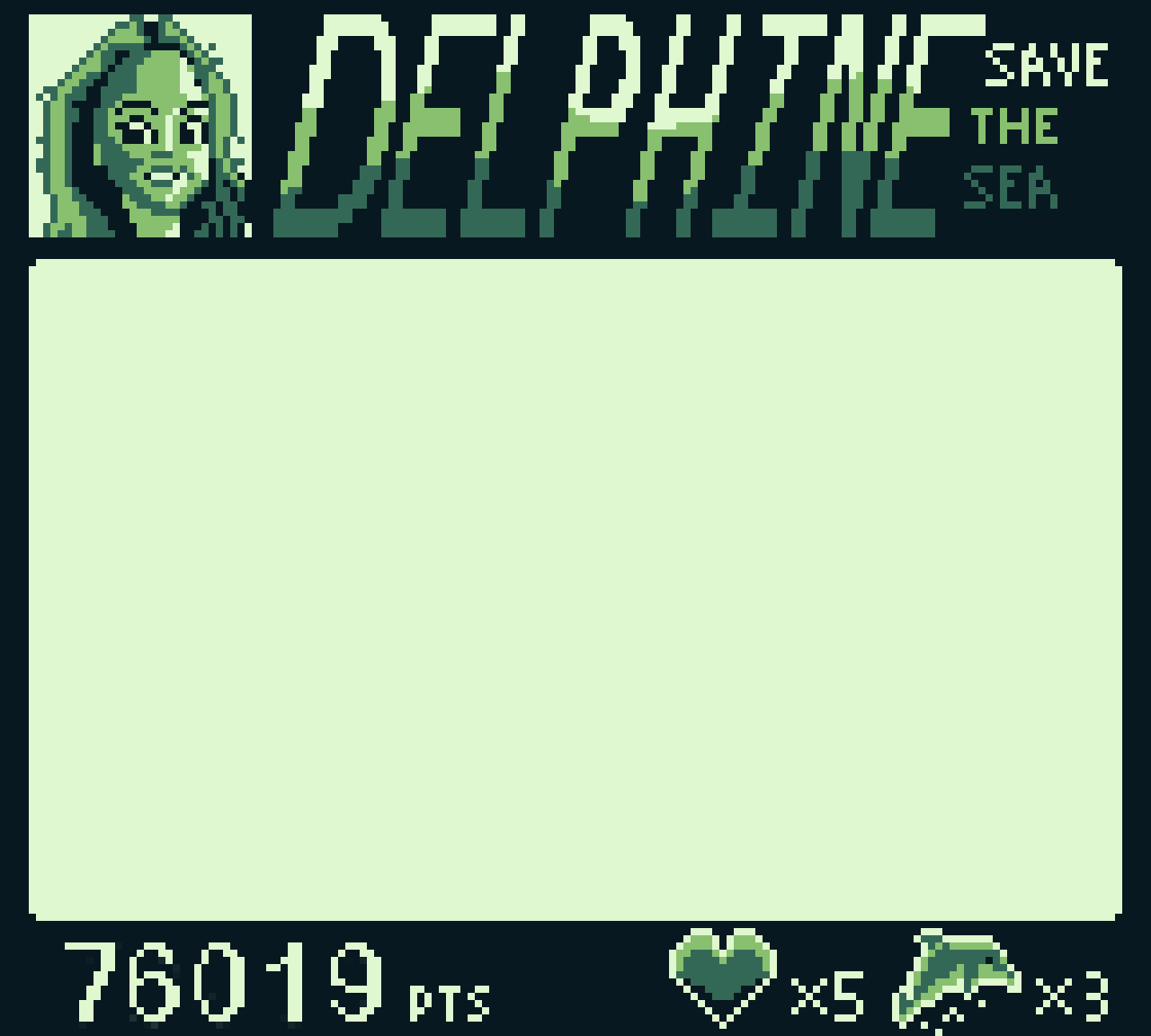-
I wrote the previous post in the Strata app, shared the selected markdown text with Pythonista’s Preview Markdown to preview it, counted the characters with Word Counter Tool, then shared it with the Micro.blog app, and removed the
>before publishing. All done on an iPad with stage manager enabled 😅 -
This week I did three training sessions for running, two on a track, one on the road. While I’m recovering from an ankle injury, I have to keep the weekly mileage low, the tempos slow. My guess is that it’ll take until May before I’m back into my normal training regime of 60 km/week (37 mpw).

-
I used this photo as a reference for a small pixel art drawing of a deer. I tried to concentrate on clumps of pixels, but I see I need to study more to be effective. The shape’s okay-ish, which is an accomplishment at this scale, I think.
👾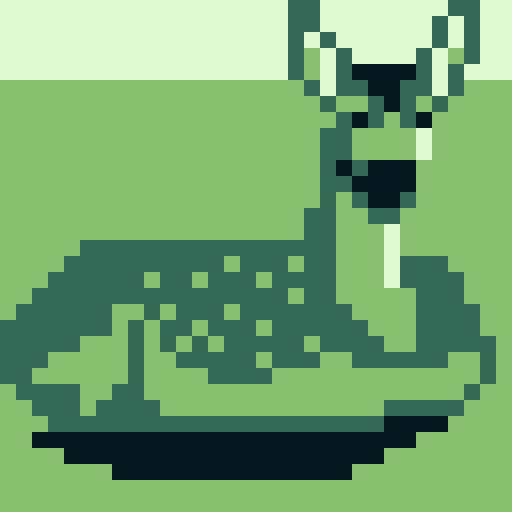
-
The original Macintosh, aka 128K Mac, is often referred to as the computer that changed the world. It was the first commercially available computer with a graphical user interface. Pixel art for the Nintendo Game Boy screen (160 x 144 pixels, 4 shades of green).
👾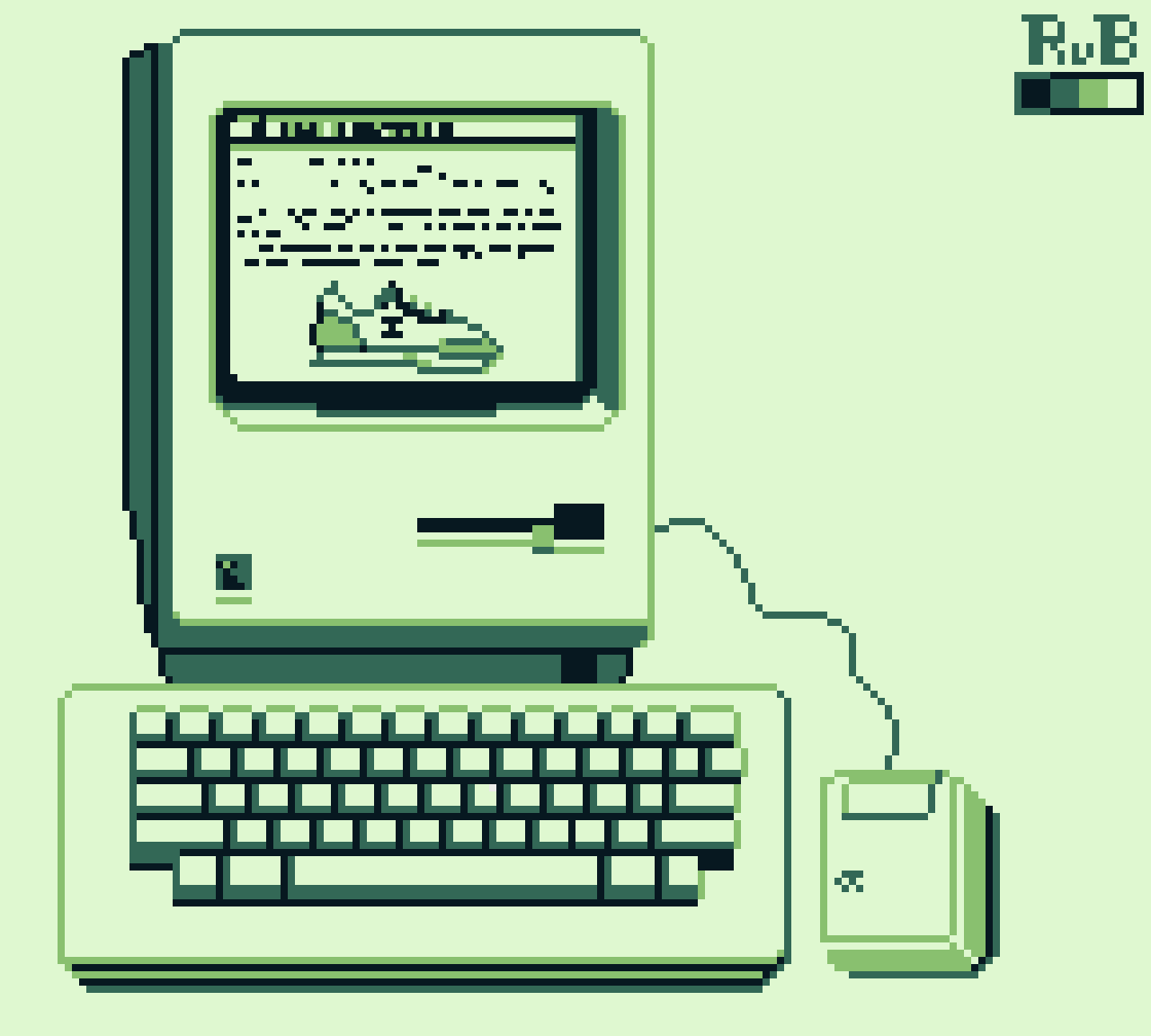
-
Sometimes you want your cat to play with their food. It keeps them happy if you surprise them once in a while by offering hidden food, so they’ll have to think how to get to it
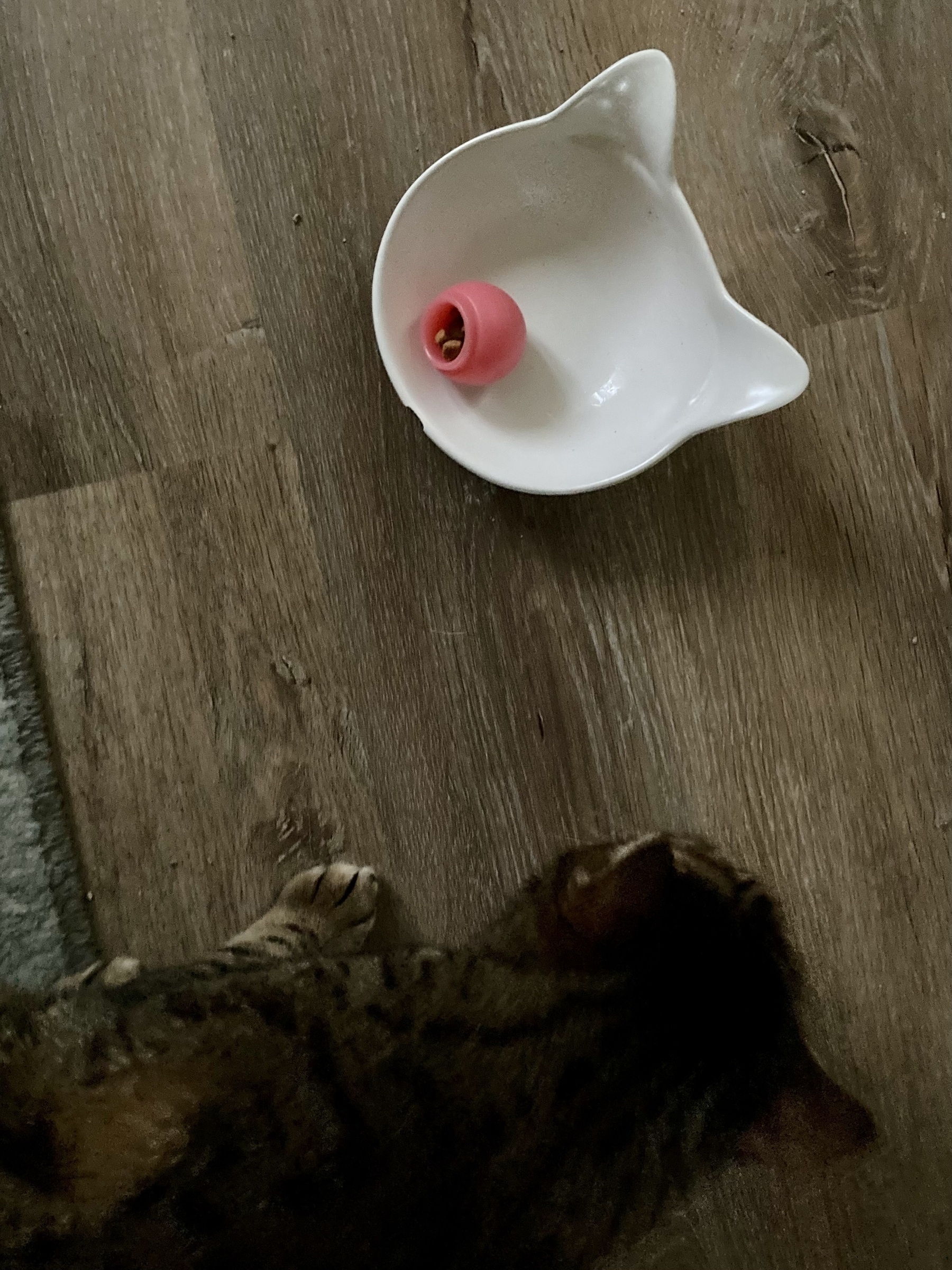
-
I thought pixel animation would be easier. Alas, with iPadOS it still is too hard, so it seems, and Aseprite is still the desktop app to emulate. Yes, you can do animation on the iPad, but it takes a lot of time compared to what I’m used to on the desktop 20 years ago, using Moho.
👾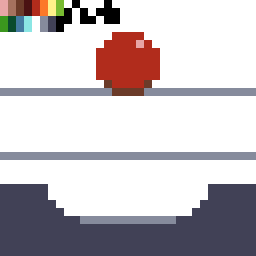
-
My reason to share a work-in-progress shot is to set a milestone, so I stay motivated working on the piece. Since I share it publicly, it also keeps me honest. Now I have to finish it.
👾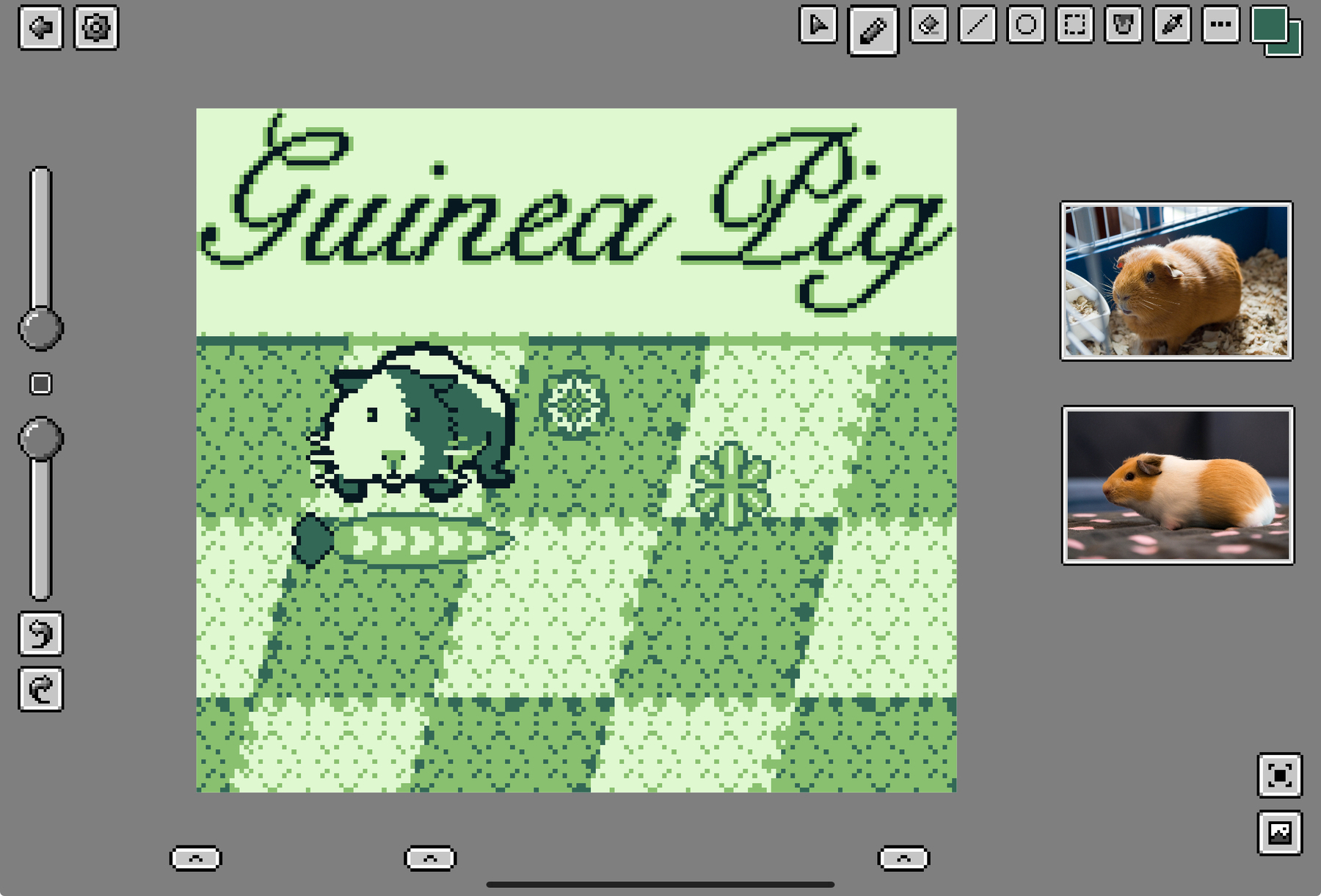
-
Pixel art version of this reference photo. I simplified the shapes so it was easier to draw on such a small canvas and so few colors (160 x 144 pixels, 4 shades of green). I think it got the message across, though.

-
I used this photo as my reference for both a 160 x 144 and 64 x 64 pixels versions of this portrait. I went for a more anime art style, which made the likeness suffer a bit.
👾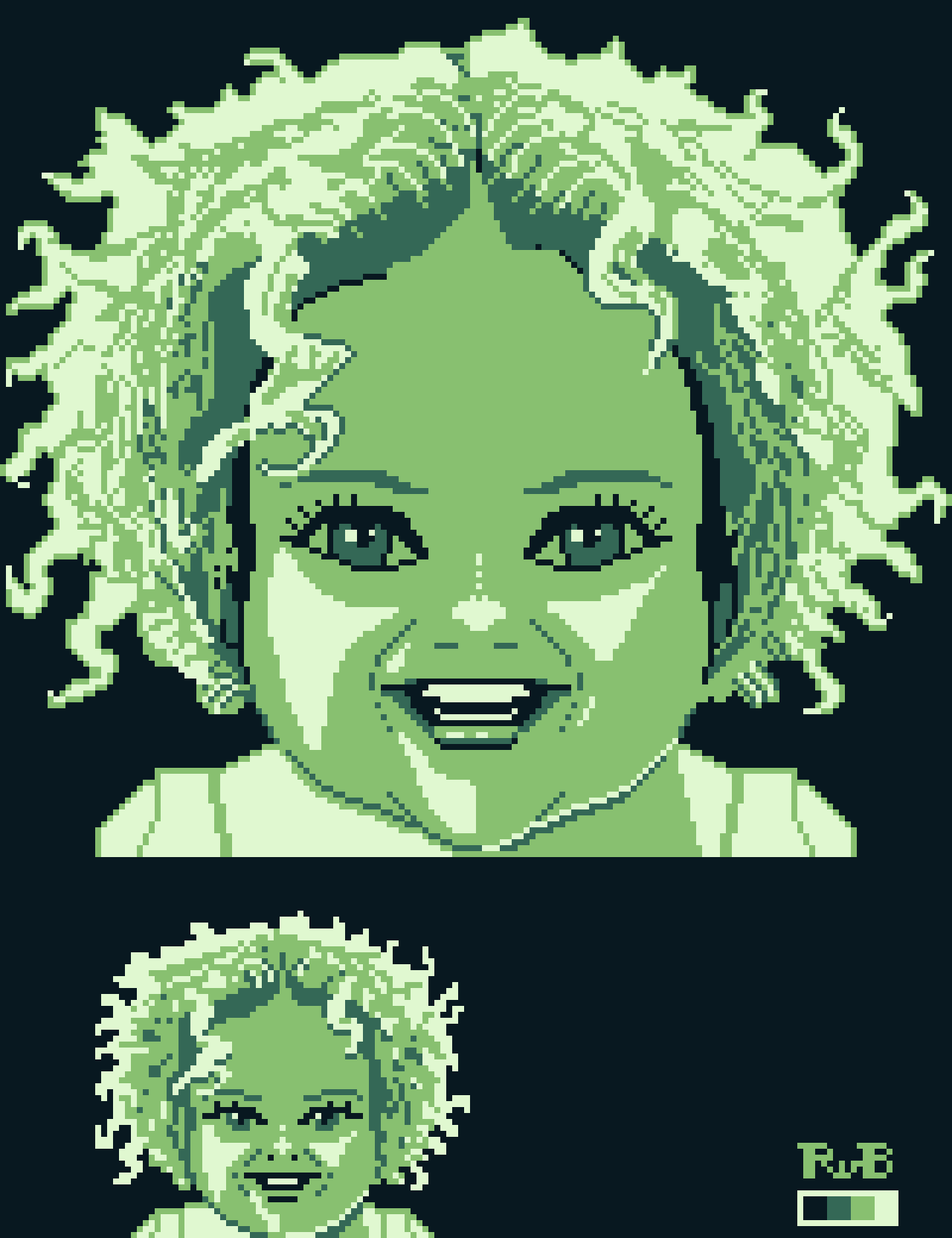
-
Besides changing my color palette I also bought (unlocked) a new pixel editor I hadn’t heard of before, Pixquare. There are others, but this one and Pixaki seem the most user-friendly. Some apps are just pushing too hard into in-app purchases. The harsh greens are a bit off-putting, though.
👾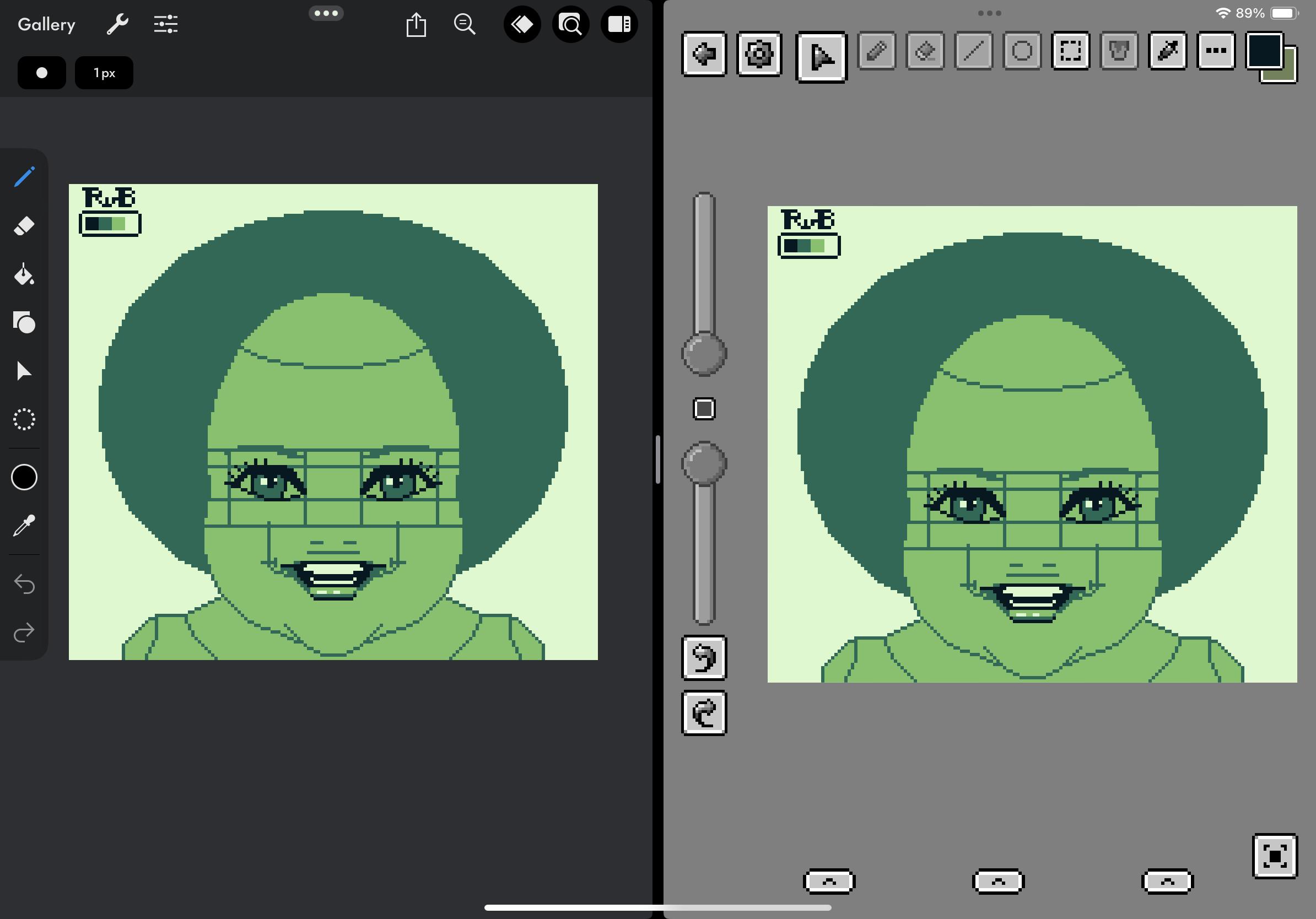
-
An personal observation. Human name space has collisions. I can see that because when I posted a drawing called after a semi-famous person, it got lots of views, while it was actually called after a non-famous person. I hope people weren’t too disappointed. And view count ≠ quality, nor does 👍 or ⭐️
-
Pixel art study, WIP. I hope I got the proportions right this time for a semi-realistic style drawing, nudging towards an anime art style. At least, that’s what I’m going for. I’m taught that studying proportions is key for a successful portrait drawing. Next, I want to simplify it into 64 x 64.
👾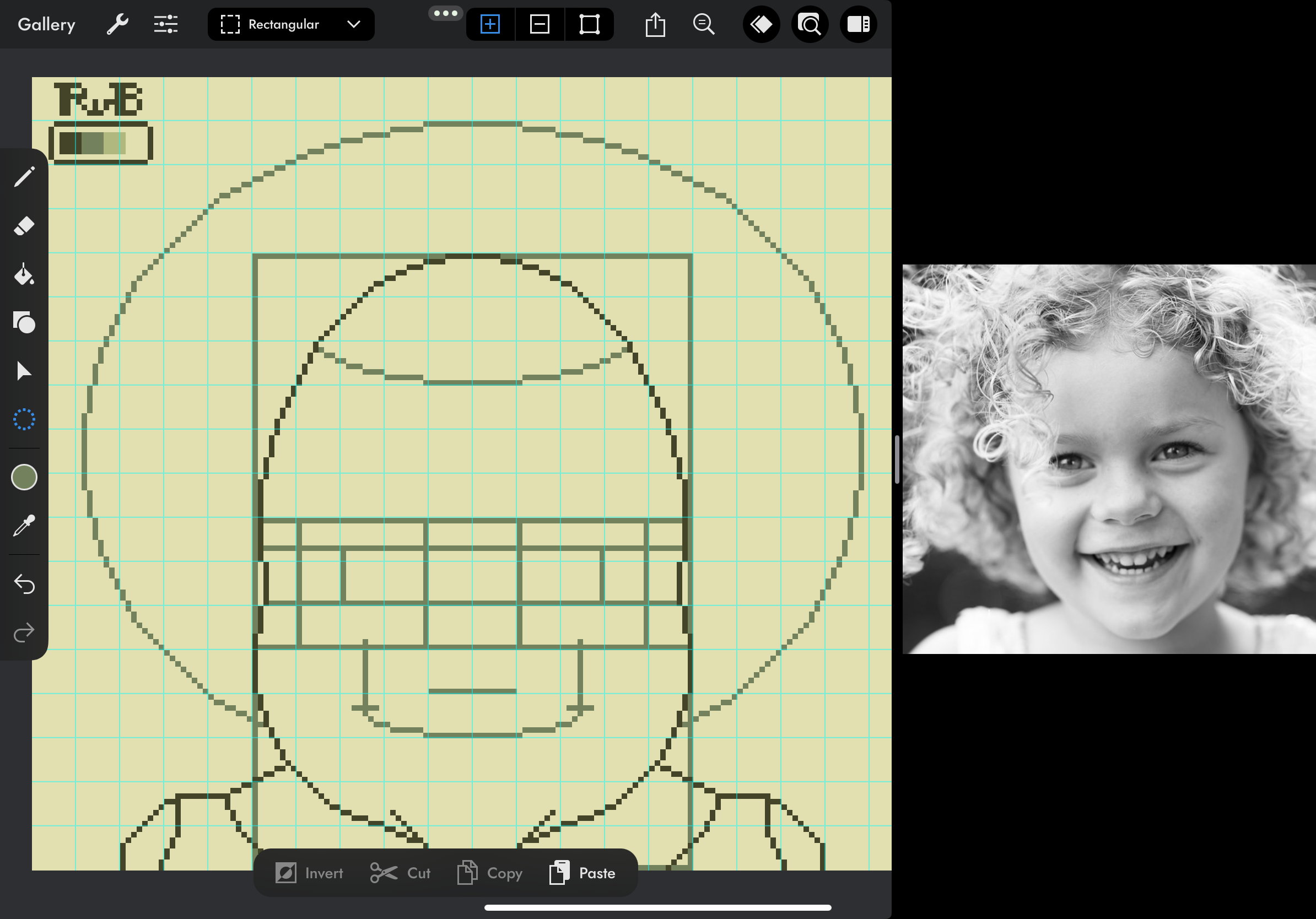
-
Portrait study in a more realistic style, based on this photo and in Game Boy format (160 by 144 pixels, 4 shades of green).
👾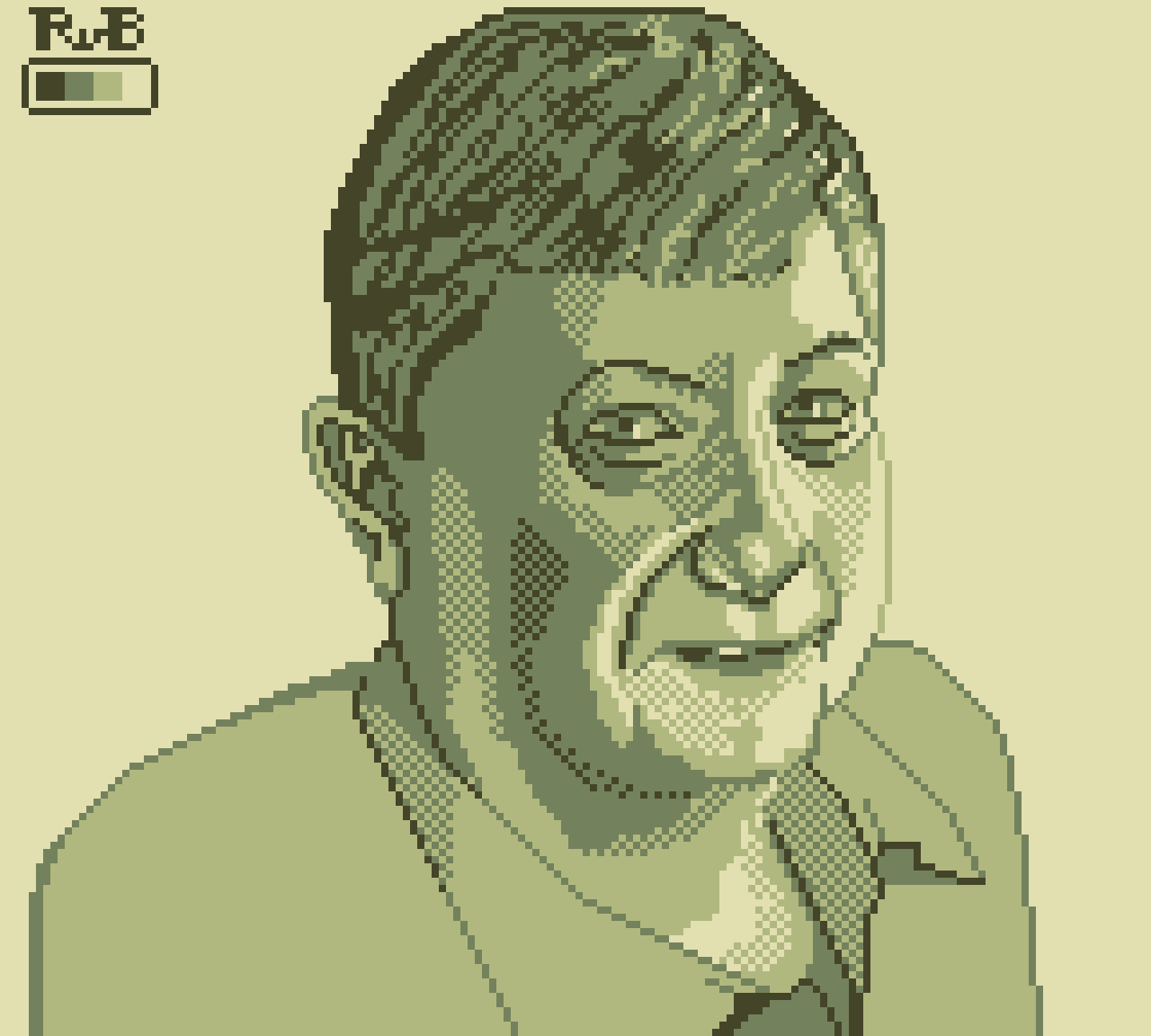
-
A very rough work-in-progress of a Game Boy compatible pixel art portrait study. I’m struggling to get the proportions right without tracing. As with any realistic portrait, it takes time and patience, measuring, a lot of zooming, and breaks for a fresh look, as well as accepting I’m not perfect.
👾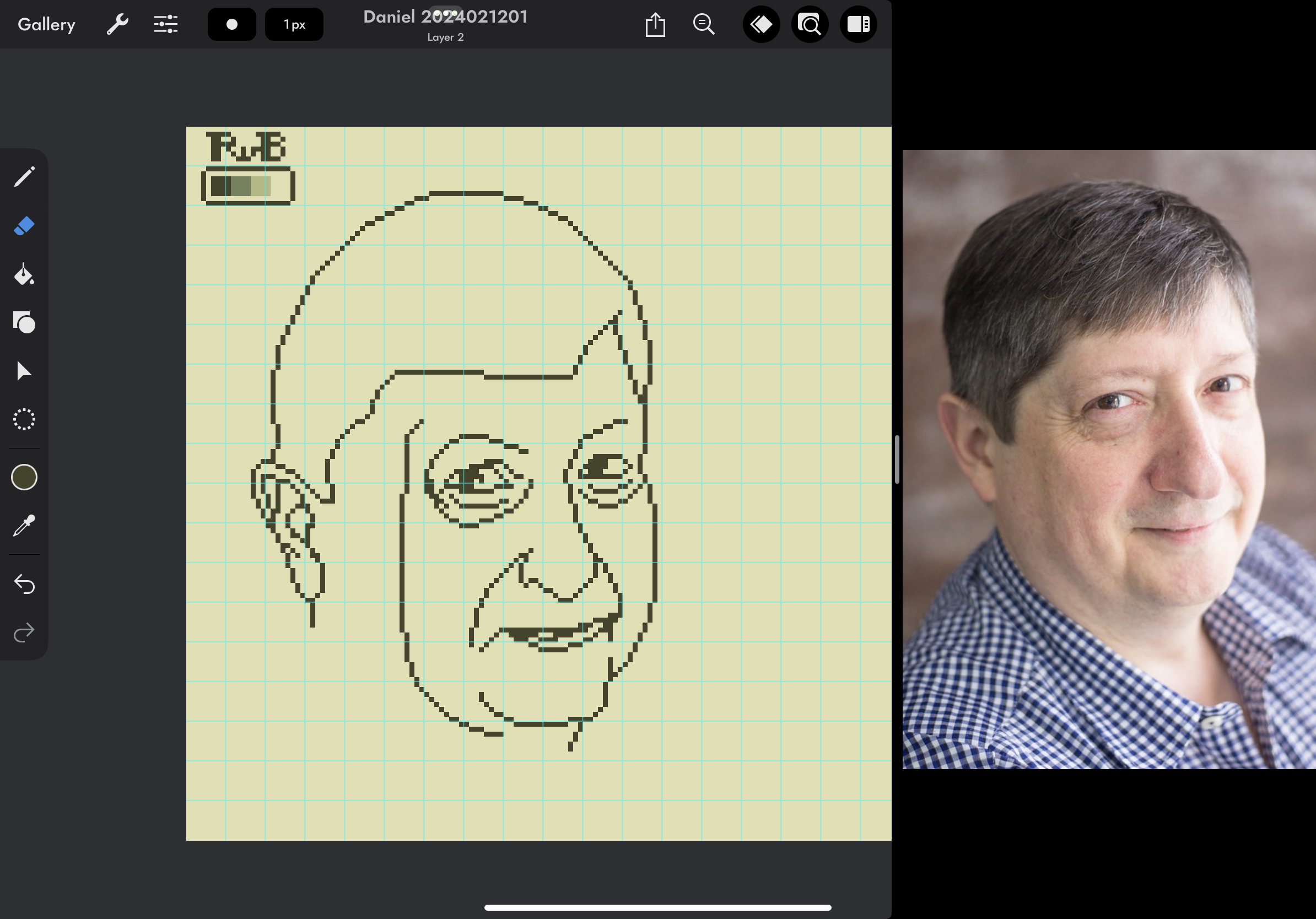
-
When I made yet another Simpsons character from a reference, I thought it would be boring and predictable. It turned out quite challenging. I started with the bust pose, enlarged it to full body pose quadrupling the canvas, then shrank it back to Game Boy size (160 x 144 pixels). Not easy at all.
👾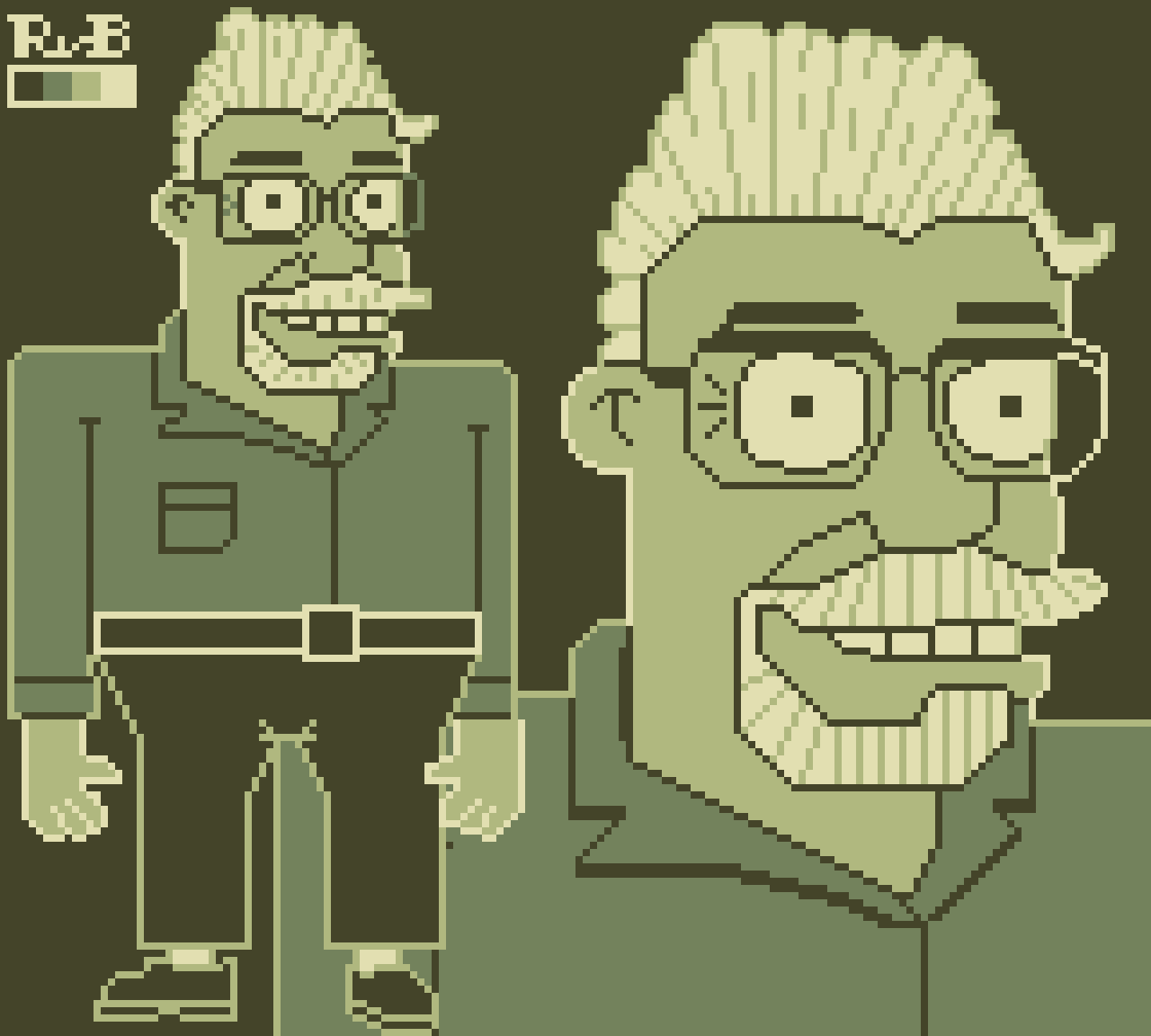
-
Taking breaks from something that will take a long time to complete feels certainly wholesome. Of course, now it will take even longer, but my experience is that if I try to use brute force to complete, I will simply cast the project on a pile of things I’ll once complete (probably never).
👾
-
I used this Flickr photo as my reference to draw a Game Boy compatible pixel art portrait in the Simpsons art style. She will travel in space when she grows up.
👾
-
I used this reference from Flickr to draw in an art style of The Simpsons animated sitcom. It’s compatible with the Nintendo Game Boy handheld game console (160 by 144 pixels, 4 colors).
👾